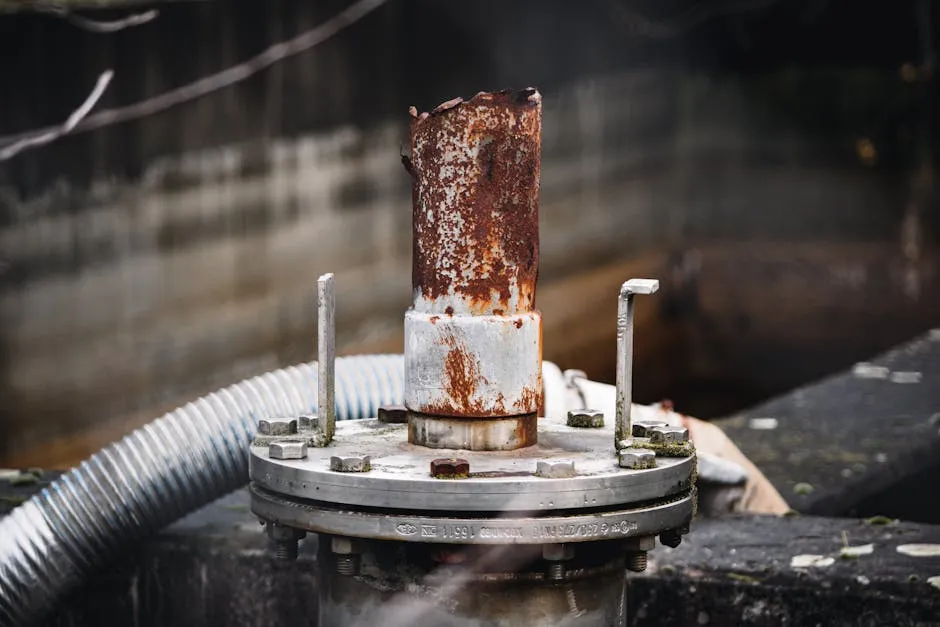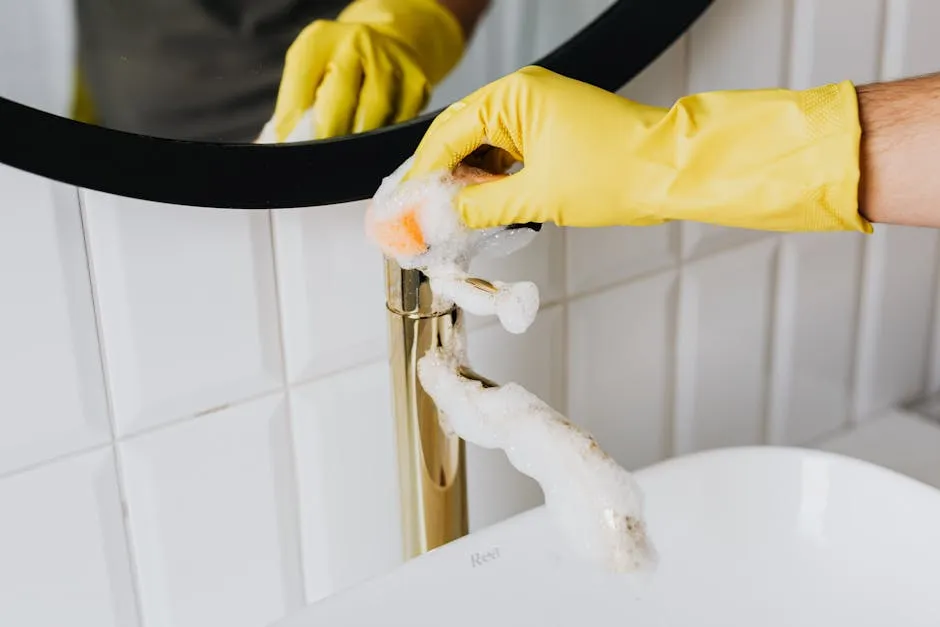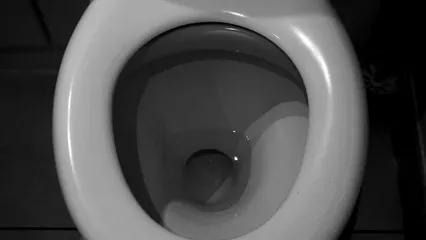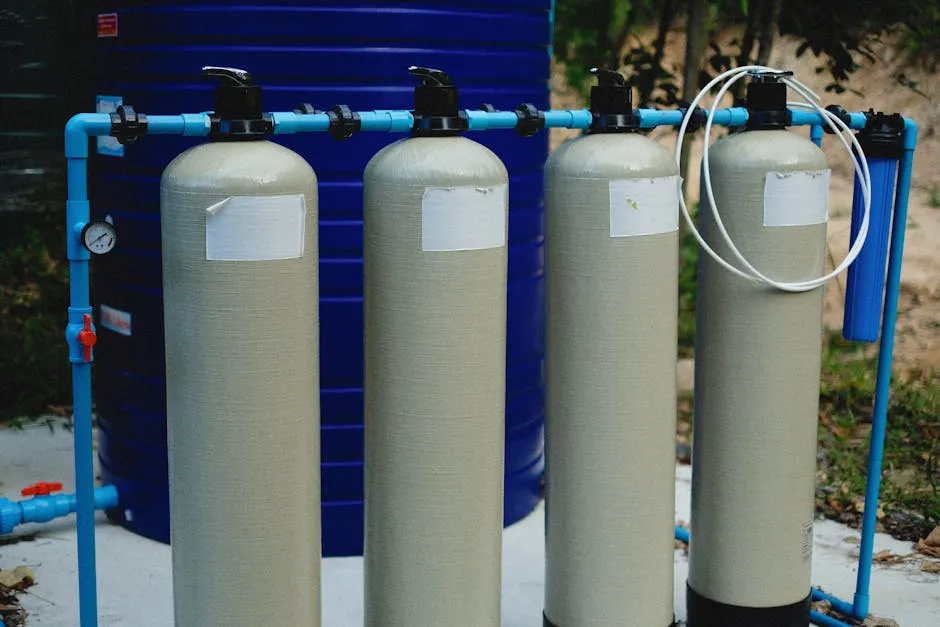
Why is My Water Running with Black Tint? Understanding the Causes and Solutions
Introduction
Seeing black tinted water can be alarming. This discolored water raises questions about its safety and quality. Understanding the causes is crucial to ensuring your health and well-being. By addressing this issue early, you can prevent potential health risks linked to contaminated water. Let’s uncover what may be causing your water to appear black and how to resolve it.
Summary and Overview
Water quality directly impacts our health. Poorly maintained plumbing or external sources can lead to discolored water. Many people mistakenly think black tinted water is always harmful. In reality, it can result from various factors, some harmless, others concerning. Potential causes include mineral deposits, corroded pipes, or bacteria growth. If you notice persistent black water, calling a professional for inspection is vital. They can identify the issue and suggest appropriate solutions.

To ensure the quality of your drinking water, consider using a Water Testing Kit. These kits can help you easily check for contaminants and ensure that what you’re drinking is safe.
Common Causes of Black Tint in Water
Mineral Deposits
Black tinted water often has mineral deposits. Iron and manganese are common culprits. When these minerals oxidize, they can change color. This process occurs when water flows through your pipes, creating a dark tint. While these minerals might look alarming, they are often harmless. A simple water test can confirm their presence.

If you’re dealing with hard water, consider investing in a Water Softener. This can significantly reduce hardness and prevent mineral buildup in your pipes.
Corroded Pipes and Fixtures
Aging plumbing systems can significantly affect water quality. Over time, pipes corrode and rust. This corrosion can introduce black particles into your water. Look for signs like discoloration or rust stains around fixtures. If you notice these issues, it might be time to inspect or replace your plumbing.

To get a better look at your plumbing, consider using a Plumbing Inspection Camera. This handy tool can help you identify problems without invasive procedures.
Water Heater Issues
Your water heater might be the source of black tinted water. Old or malfunctioning heaters can accumulate sediment. This buildup can lead to discolored hot water. Regular maintenance is essential to keep your water heater in good shape. Flushing the tank annually can help prevent issues.

For effective maintenance, you might want to invest in a Water Heater Maintenance Kit. It can help you keep your heater in optimal condition and extend its lifespan.
Mildew or Bacteria Growth
Organic growth in plumbing can also lead to discolored water. Mildew or bacteria can thrive in damp environments. This can pose health risks if left unaddressed. If you suspect this is the cause, consult a plumbing professional immediately. It’s better to be safe than sorry.
Rubber Decomposition from Plumbing Fixtures
Rubber components in your plumbing can degrade over time. This can release small black particles into your water. Chloramines, often used as disinfectants, can accelerate this breakdown. If you notice rubbery particles, check your fixtures for wear and replace them as needed. Regular inspections can prevent this issue from escalating.
How to Diagnose the Problem
Initial Steps to Take
Noticing black-tinted water can be unsettling. First, pay attention to when it occurs. Does it happen with hot water, cold water, or both? This simple observation can help narrow down the cause.
Next, check aerators and filters. These fixtures can collect debris over time, leading to discoloration. Unscrew the aerator from the faucet and inspect it. If you see black particles, cleaning or replacing it may help.

Consider using a Replacement Faucet Aerator to ensure your water flow is clean and clear.
When to Call a Professional
Certain signs indicate it’s time to call a plumber or water quality expert. If black water is persistent, don’t wait. Look for unusual tastes or odors. If the problem worsens, professional help is crucial.
Water testing is essential for a thorough diagnosis. Experts can analyze your water for harmful contaminants. They will inspect your plumbing and recommend the best solutions. Don’t hesitate to seek help when your water quality is at stake.
Solutions and Preventive Measures
Short-term Solutions
For immediate concerns, there are quick fixes you can try. Start by flushing your pipes. Run cold water for several minutes to help clear any accumulated debris.
Changing filters can also improve water quality. If you have a filtration system, replace the filter according to the manufacturer’s guidelines. This quick action can provide temporary relief.

Consider using bottled water for drinking and cooking until the issue is resolved. It’s a simple way to maintain safety while you work on a long-term solution.
For a more permanent solution, think about a Reverse Osmosis Water Filter System. This system effectively removes contaminants and improves water taste.
Long-term Solutions
To keep your water clean, regular maintenance is key. Check your plumbing systems and water heaters often. Small leaks or corrosion can lead to big issues. Inspecting these elements yearly can save you headaches down the road.

Consider investing in a water filtration system. This can improve your water quality significantly. A good filter will remove harmful minerals and contaminants. Water softeners are also great for reducing hardness. They can help prevent buildup in your pipes and fixtures.
For added peace of mind, use a Whole House Water Filter. This system filters all the water entering your home, ensuring every drop is clean.
Importance of Regular Water Quality Testing
Routine water testing is vital for homeowners. It helps catch potential issues early. Testing can reveal harmful contaminants you might not see. You can often find testing kits at local home improvement stores.
For more extensive analysis, consider a certified lab. Many municipalities offer testing services. Check with your local water authority for recommendations. Staying informed about your water quality can protect your health and your home.
Conclusion
Black tinted water can stem from various causes, including mineral deposits and corroded pipes. Regular maintenance and testing are essential for keeping your water safe. Don’t wait for problems to arise; take proactive steps to ensure your water quality. If issues persist, consult professionals for long-term solutions. Your health and safety depend on it!
FAQs
What should I do if I see black particles in my water?
First, don’t panic! Start by running your faucet for several minutes. This might clear any loose debris. If the black particles persist, check your faucet aerator. Remove it and clean any collected debris. If you still see particles, it’s time to contact a professional plumber. They can assess your plumbing and identify the issue. Don’t ignore this problem; it’s essential for your water quality.
Is black tinted water safe to drink?
Black tinted water can raise health concerns. It may indicate the presence of minerals or organic materials. While some minerals are harmless, others may not be safe. It’s best to get your water tested. A water testing service can identify contaminants. Until you know for sure, avoid drinking the water. Prioritize your health by ensuring your water quality is safe.
Can old pipes cause black water?
Absolutely! Aging pipes can corrode, leading to black water. As pipes deteriorate, rust and debris can mix with your water supply. This results in discoloration. If your home has old plumbing, consider having it inspected. Replacing old pipes can significantly improve your water quality. Don’t let outdated plumbing compromise your health.
How often should I test my water?
Testing frequency depends on your water source. If you have a private well, test it at least once a year. Municipal water users should test every few years, or if issues arise. Regular testing ensures your water remains safe. If you notice changes in color, taste, or odor, test immediately. Being proactive can prevent potential health risks.
What are the signs of water heater issues?
Watch for several warning signs indicating water heater problems. If you notice discolored water only from hot taps, that’s a red flag. Unusual noises, like rumbling or popping, can signal sediment buildup. Leaks around the water heater base also indicate trouble. Lastly, if your hot water smells bad, don’t ignore it. Address these issues quickly to avoid bigger problems down the line.
Can I prevent black tint in my water?
Yes! Regular maintenance is your best defense. Start by flushing your water heater annually. This helps remove built-up sediment. Inspect plumbing fixtures for wear and tear regularly. Consider upgrading to chloramine-resistant materials if you notice frequent issues. Installing a water filtration system can also help. Taking these steps can significantly reduce the chances of black tint appearing in your water.
Who should I contact for water quality issues?
For water quality concerns, start with your local water authority. They can provide guidance and testing options. If you have issues with plumbing, contact a licensed plumber. They can inspect your system for potential problems. For comprehensive water analysis, look for certified water testing labs in your area. Don’t hesitate to reach out for help; your health depends on it!
Please let us know what you think about our content by leaving a comment down below!
Thank you for reading till here 🙂
All images from Pexels




